Want to Fund Frontline Organisations? Here Are Three Key Principles to Consider
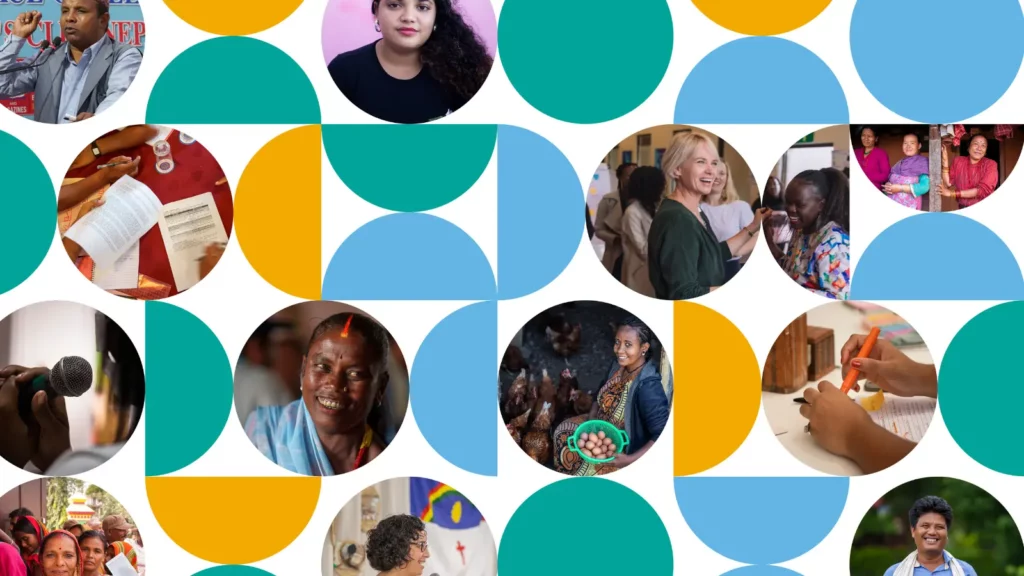
3 minutes read Funders are increasingly talking about localisation and wanting to channel their resources to frontline, grassroots organisations. It makes sense – funding these groups is an undeniably effective way to shift inequitable systems, support social movements, and have tangible impact. Yet, historically, many donors don’t fund these frontline groups effectively, if at all. […]
We Cannot Be Equal Until We Are People

Do rights to land and property define a human being’s actual level of citizenship? This is not absolute, but has held true throughout history and across societies. And unequal rights to land are a strangling limit for realizing human rights worldwide, particularly for women and girls.
What Australia Can Share with Asia – More Cross Sector Collaboration, More Community Involvement!

AVPN made a special visit to Australia in late February to catch up with our members and also to share the latest social investment trends with the key local players in philanthropy.
What COVID-19 Is Teaching Us About the Value of Collaboration
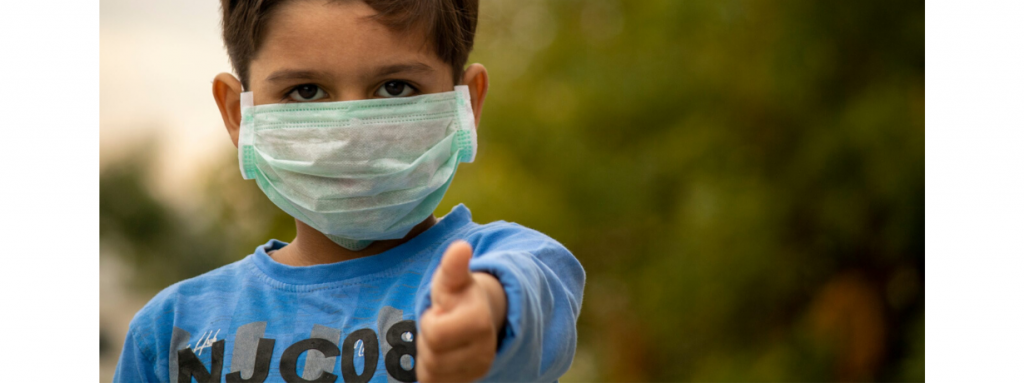
5 min read
Melting ice caps in faraway Siberia releasing ancient viruses. Consumption of exotic wildlife by privileged thrill-seekers. Staff in small businesses deprived of sick leave in order to keep costs low. These issues represent climate change, wildlife conservation, sustainable livelihoods and irresponsible business practices. Few would have thought that these issues are interconnected and could emerge as contributors to the COVID-19 pandemic; but they have. In today’s interdependent world, pursuing one’s own needs and self-interest could be harmful to the individual or organization.
What Do the Game-Changing EU Sustainable Finance Regulations Mean for the Wider ESG Industry?

7 min read
What do the game-changing EU Sustainable Finance Regulations mean for the wider ESG Industry? “The European Green Deal is our new growth strategy – for a growth that gives back more than it takes away. It shows how to transform our way of living and working, of producing and consuming”. These were the sentiments expressed by European Commission President, Ursula von der Leyen, when she introduced the European Green Deal in late 2019, a roadmap for the regional bloc to transition to a more sustainable economy.
What Does “Good” Look Like?

AVPN and National Volunteer and Philanthropy Center (NVPC) hosted an expert roundtable on assessing non-profit quality titled “What does ‘good’ look like?”
What does social impact mean for corporations?

5 min read
These are all synonyms for the word ‘impact’. In simple terms, to make an impact is to make an impression. In social impact terms, it is to make a lasting impression on social and environmental issues that are important to communities. Making an impact is a key component of corporate social responsibility (CSR) engagements that corporations use to seek to ensure sustainable models of change. And rightly so. If corporates pursue social impact without jolting, knocking, impressing, influencing or swaying the communities in which they work, how much difference can they hope to make?
What Drives Your Social Investing Strategy?

Interesting themes about the motivation of social investors that drives the social investing strategy.
What is Venture Philanthropy? Watch a simpleshow to find out
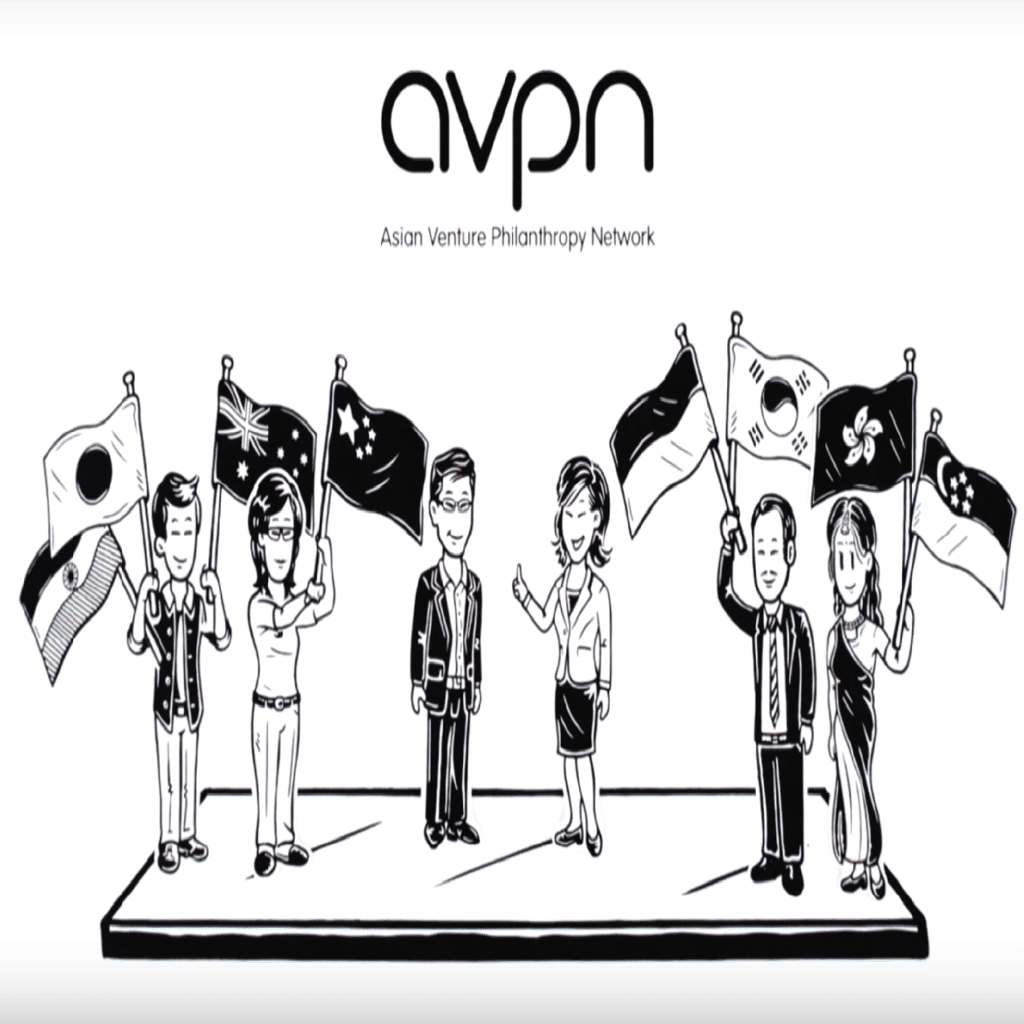
AVPN has partnered with simpleshow to produce an animation video that explains Venture Philanthropy in simple terms for the uninitiated. Learn about what we do to for the eco-system through the short video: Supported by:
What It Takes to Build an Accountable Future With Young Entrepreneurs

2 min read Co-Author: Stefano Pighin “Looking back, I translated those values, such as No Child Labour, Build an Inclusive Environment and Transparent Communication of our Product, in my business operations.” Laressa, founder of Suri The Goods (Indonesia), a natural skincare brand that empowers indigenous women farmers from the Minang ethnic group. When young people […]
What Makes an AVPN Volunteer

4 min read
To say I was overwhelmed during the entirety of the 2019 AVPN Conference would be an understatement. Without a background in philanthropy and impact investing, the AVPN Conference opened a whole new set of doors for me. I listened to a gathering of individuals who seemed so different, yet were united by the values of AVPN’s work.
What Social Change Looks Like When Communities Decide for Themselves
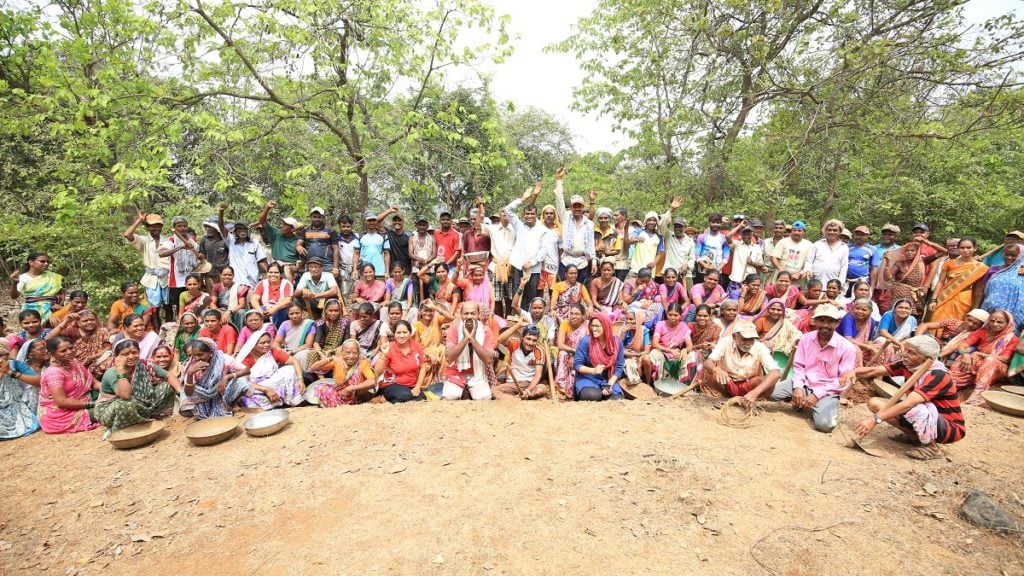
Image: Community members from Vihule Kond village in Mangaon block of district Raigad came together for soil conservation 5 min read Co-Author: Pritha Venkatachalam and Anuja Kadam There are many names for the value of local knowledge in different spaces. In sports it’s the “home advantage”; in business, the “incumbent’s advantage”; in urban life, it’s […]
What the Big Donor Can Learn from the Not-So-Big Donor, and Vice-Versa
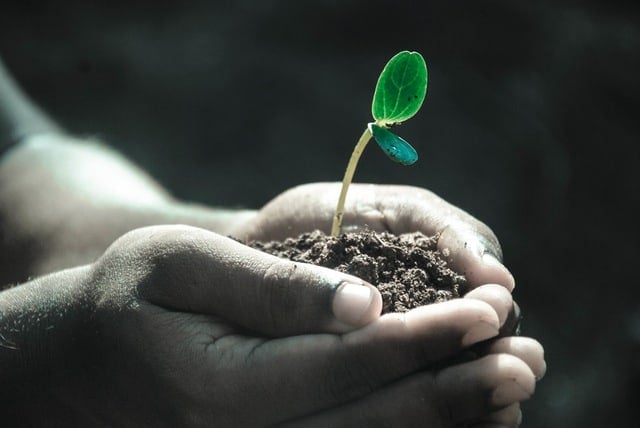
What the big donor can learn from the not-so-big donor, and vice-versa to be more intelligent, informed and impactful in our giving.
What To Do When Policies Don’t Apply
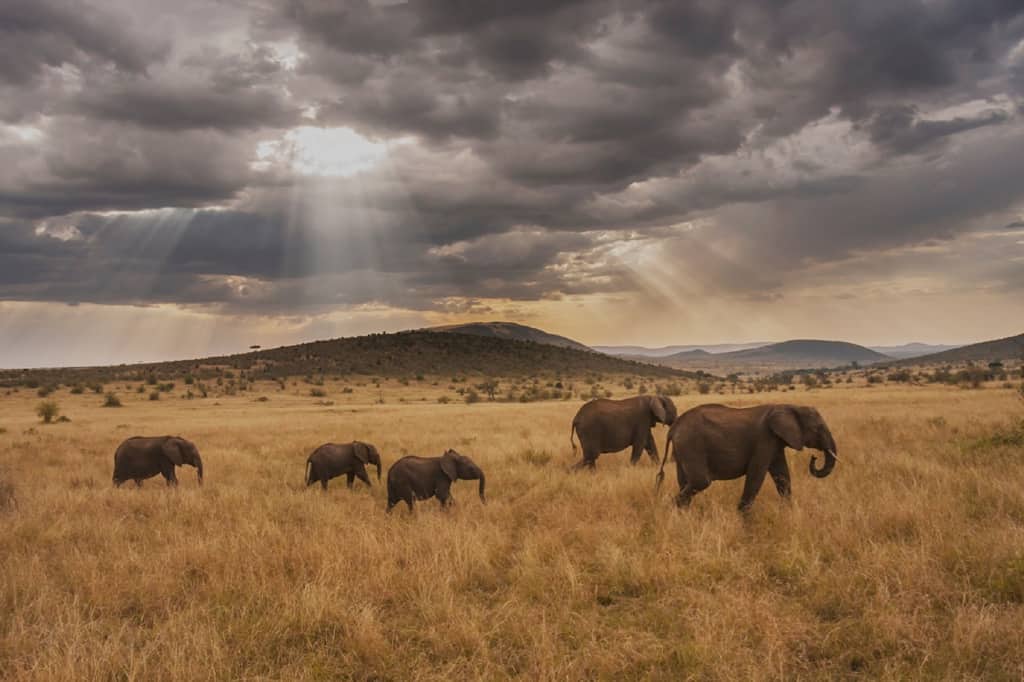
7 min read Policies but not answers In 2004, when GlobalGiving was a mere two years old, an earthquake in the Indian Ocean triggered a tsunami that caused wide-scale destruction and loss of life throughout communities along the coast of the Indian Ocean. In what would become a core competency over time, GlobalGiving quickly deployed […]
What We Are Learning | What’s Next for Low-cost Private Schools in India
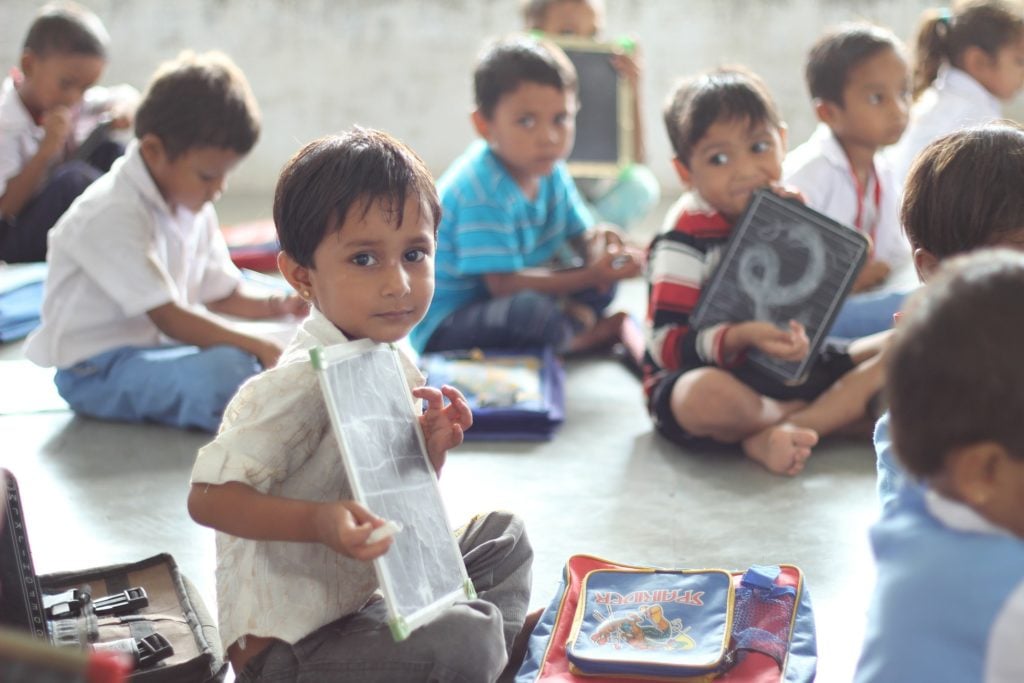
Like many projects, COVID-19 brought an early end our Opportunity EduFinance pilots in Rajasthan and Haryana, India in 2020. However, since launching our EduQuality pilot work in India in 2018, we were still able to document key lessons that are informing our full 3-year EduQuality programme planning and launch for 2022.
What we can learn from East Asian social innovation

3 min read
We draw 3 key takeaways from AVPN member Leping Social Entrepreneur Foundation’s approach to grow a vibrant social innovation culture in East Asia.
As “Collaborating for Impact” is a key theme for the AVPN Conference 2017, here are a few examples of multi-sector collaborations within the social investment landscape.
What’s Next for Climate Action in Post COVID-19 Recession?
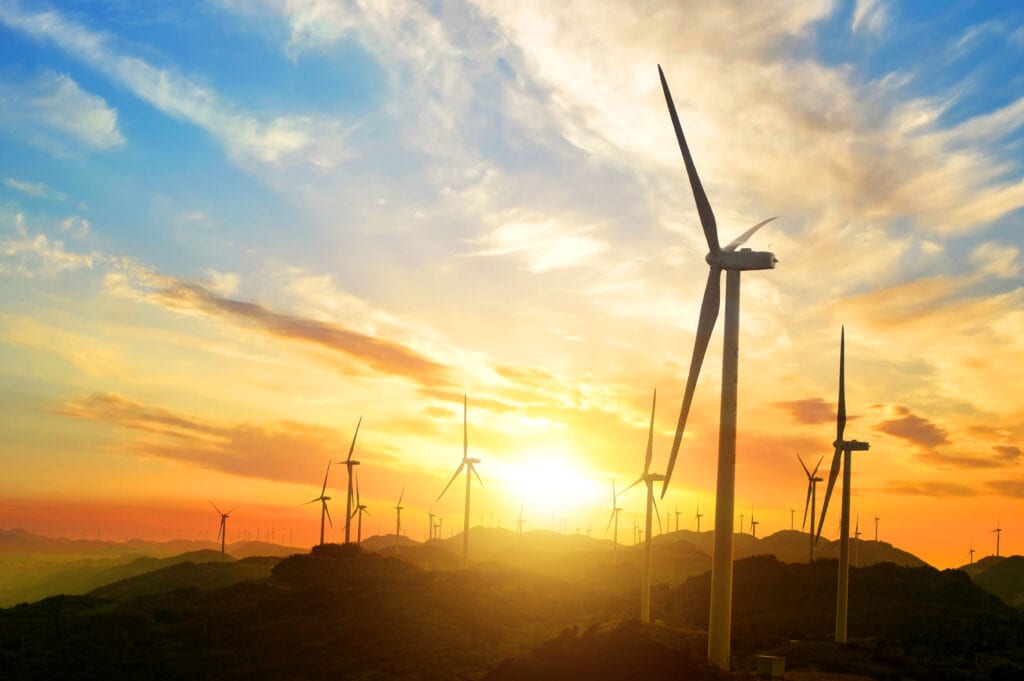
5 min read
COVID 19 – a prelude of things to come? Even though the COVID-19 global outbreak has been termed a black swan event, it should not have taken us by surprise.
What’s Powering Tech for Good Startups?

3 min read
We are at a critical time in our history. Climate change is having severe effects on our planet and people. Our economic systems prioritize profit over sustainability, and social challenges are growing at an unprecedented rate. One thing is clear: we need to fundamentally transform our financial and economic system into a more sustainable and inclusive one.
What’s the Real Risk in Investing in Climate-Smart Solutions?

4 min read
Since joining Nexus for Development (Nexus) in 2018, one of my key focus areas has been to lead the fundraising activities for the Pioneer Facility – a debt facility which finances growth-stage clean energy and water enterprises across Southeast Asia. The facility was launched during a time when few players in the market were willing to take the risk of lending to smaller companies, especially those with limited track record and credit history.
Where are the Best Practices in Funding Youth-Led Systems Change?

2 min read Co-Author: Amanda Kee Objective of the Webinar More than 50% of youths across emerging Southeast Asian markets who participated in AVPN’s youth priority study said they struggled with their mental health within the last one month. In India alone, 383 youths die by suicide everyday. The silver lining is that many funders […]
Where Does Eye Health Services Fit in a World That Has Changed?

3 min read
While COVID-19 is impacting everybody, everywhere, eye care is among the health interventions most significantly affected by the pandemic. Like many other “non-urgent” health services, eye health care was suspended in many countries to increase capacity to fight the pandemic.
Where The Glass Ceiling Is Already Smashed
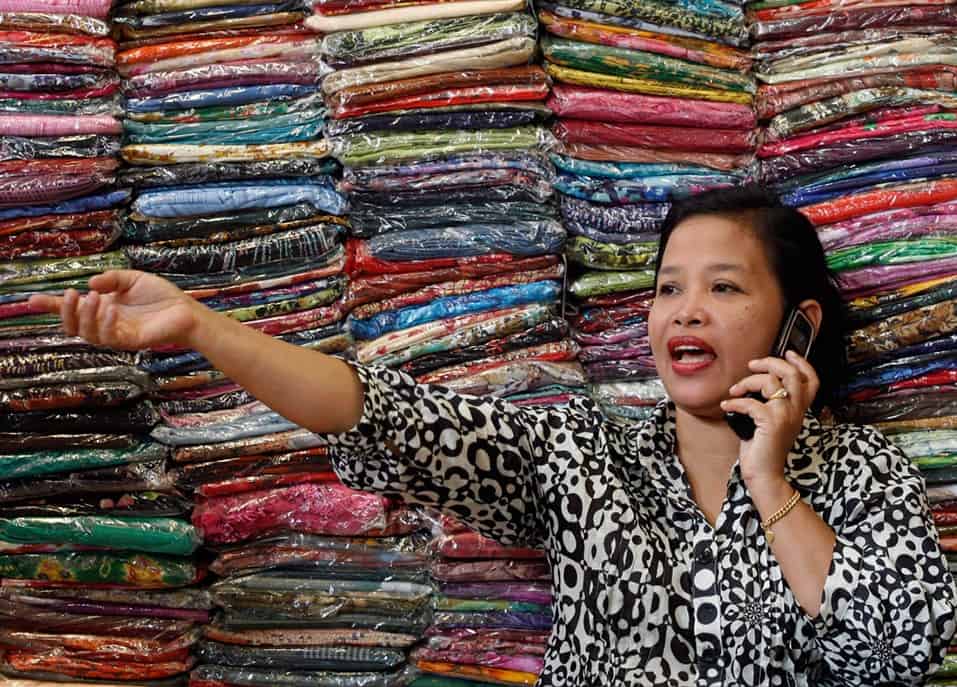
Social entrepreneurship is a growing sector where women aresmashing through the glass ceiling as never before, and transforming the world with big ideas.
Which Climate Pollutants are Responsible for 45% of Global Warming? How Asian Philanthropists can address them

Short-lived climate pollutants (SLCPs) are a group of lesser-known emissions with immense warming potentials that are 27 to 1,300 times more damaging than CO2. Given the potency of SLCPs, an aggressive reduction of such super pollutants is one of the most effective strategies for combating the climate crisis now. Explore how you, as grantmakers and investors, can support solutions tackling SLCPs today.
Who’s Bridging the “Missing Middle” in Social Investment in Southeast Asia?

3 min read
What initiatives should be in place to empower funders and resource providers to bridge the “valley of death” that Small, Medium Enterprises face?
Stay tuned for AVPN’s research, as we bring recommendations for social investors and policymakers to grow the social economy.
Why and How to Invest in Capacity Building? Learn About the Asian Funders Leading the Way
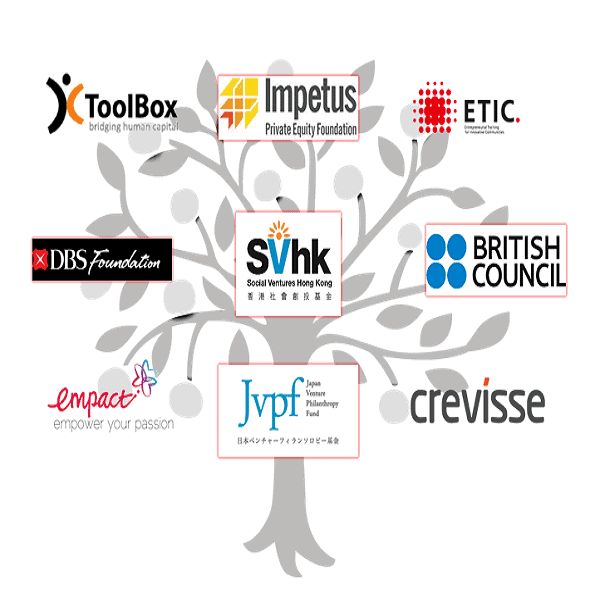
By Martina Mettgenberg-Lemiere , PhD – Assistant Director, AVPN Knowledge Centre A hallmark of the venture philanthropy methodology is the engaged approach of funders with social purpose organisations (SPOs) or NGOs they fund. Which funders in Asia and just how and why do these funders engage in building capacity? And how do they measure the […]
Why Aren’t Australians Giving Overseas?

2 min read
Aussie philanthropists faced steep barriers to international giving. That is now changing. Australians are among the world’s most generous people. In a year gone haywire punctuated by the bushfire crisis and a pandemic, Australians ranked among the top five givers (behind only Ireland, the United States, the United Kingdom, and Canada). And giving is still on the rise: in 2018, Australians donated about $3.75 billion to various causes, up eight percent from the previous year.
Why Gender Mainstreaming and Health Systems Strengthening is Important for International Eye Health Development
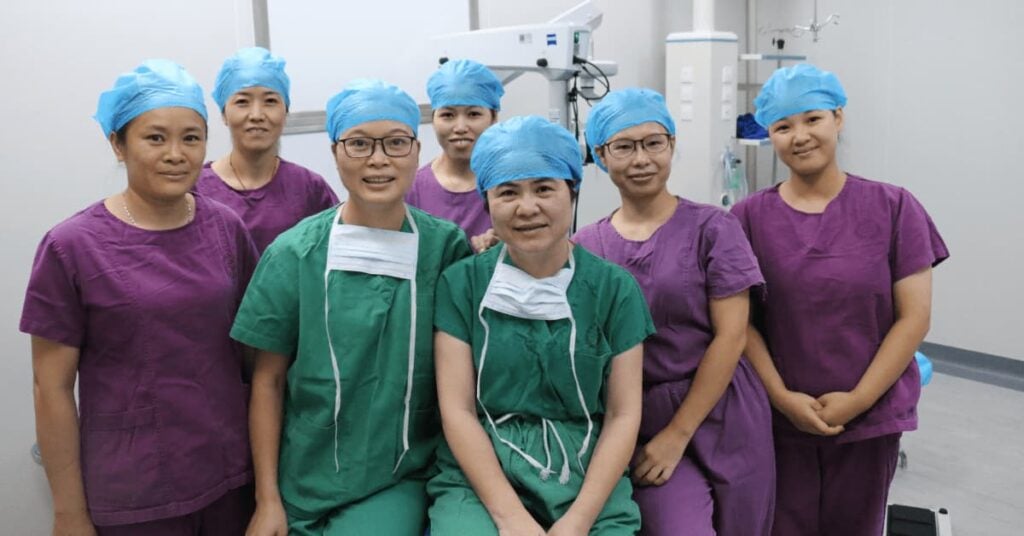
International Women’s Day recognizes and celebrates the social, economic, cultural, and political achievements of women. But it is also a day to acknowledge and address the disparities women face in every aspect of life. As one of the leading global organizations advocating for gender equity in eye health, International Women’s Day is especially significant for […]
Why IBs are Interesting Opportunities for Impact Investors

5 min read
Impact investing is growing in Asia, but identifying investable opportunities that align with your mission as an investor can be trying. The Inclusive Business (IB) sector presents a unique opportunity to address this challenge.
Why it matters
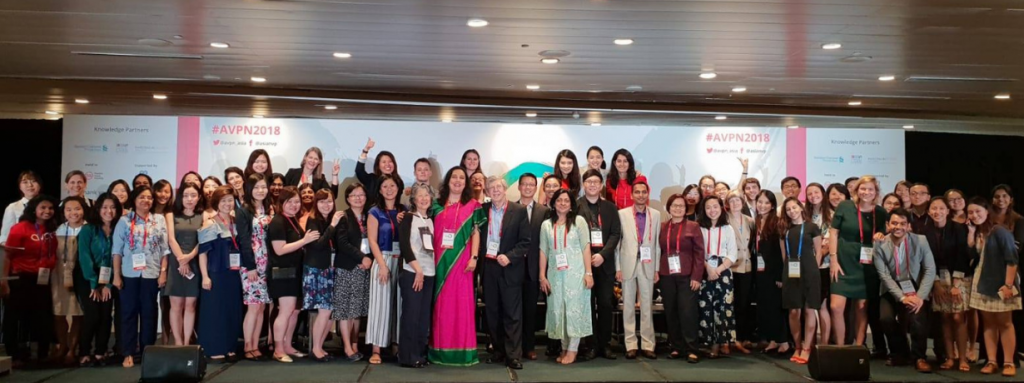
5 min read
5 years on as AVPN’s CEO – and now, Chairwoman – Naina Subberwal Batra explores lessons learnt and what is still missing in Asia’s ecosystem.
Why Malnutrition is the Nexus of Key Social Challenges in Asia

6 min read
Nutrition is a massively underfunded global social and health issue. In contrast to the over USD 500 billion spent per year on fossil fuel subsidies, the funders spend only about USD 3.9 billion annually on efforts to reduce malnutrition. In 2016, the World Bank estimated that governments and donors needed to spend an additional USD 7 billion annually for the next 10 years over the UN Decade of Action on Nutrition (2016–2025)[1] to meet targets set by the World Health Assembly, a goal that remains unrealised. The scarcity of funding for nutrition is puzzling given its high social return on investment. Every USD 1 spent on basic nutrition gives back an estimated USD 16 to the local economy, comparable to investments in health, irrigation, and roads.
Why Philanthropists, NGOs and CSR Must Collaborate With the Government to Augment Vaccination Coverage in India?

It is assuring to see the fall in number of COVID-19 positive cases, and increase in the vaccination coverage. Maharashtra became the first state to fully vaccinate over a crore people and Bhubaneswar became the first city to vaccinate its hundred percent population. Many more such states and districts will accomplish their vaccination coverage goals in the coming months, but learning from India’s ‘Universal Immunization Program’ (UIP) on full immunization coverage (FIC), tells us that all states and districts may not be able to vaccinate their population with the same speed against covid-19 due to the various bottlenecks involved; scarcity of healthcare infra & trained human resources especially in the hard to reach areas, and vaccine hesitancy due to the lack of awareness are some of them.
Why Philippines is Ripe for Gender Investments – A Spotlight on Ayala Foundation
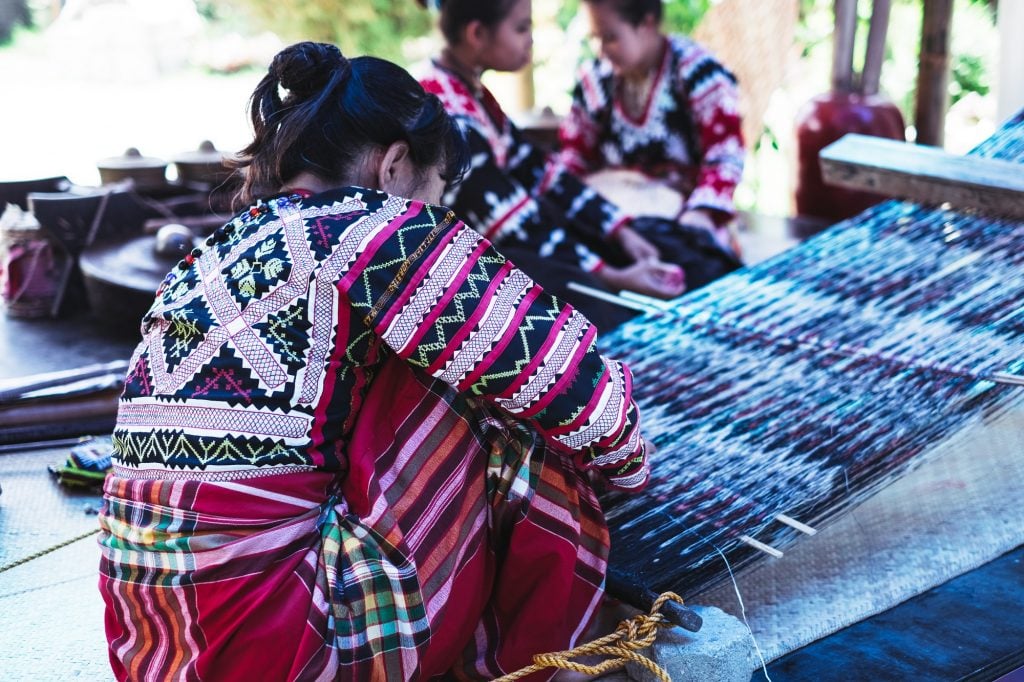
The Philippines has achieved highest gender parity in Southeast. Yet, gender lens investing has received a lot less attention. By working with philanthropy networks, investors can engage with programmes that support and foster long-term relationships within communities
Why Providing Non-Financial Support to Social Organisations Is Key for Asian Market

Recommendations on the best ways to engage investees with non-financial support to accelerate their progress towards producing effective social outcomes.
Why Radical Collaboration Is the Future of Business: A Multi-Sectoral Approach to Innovation
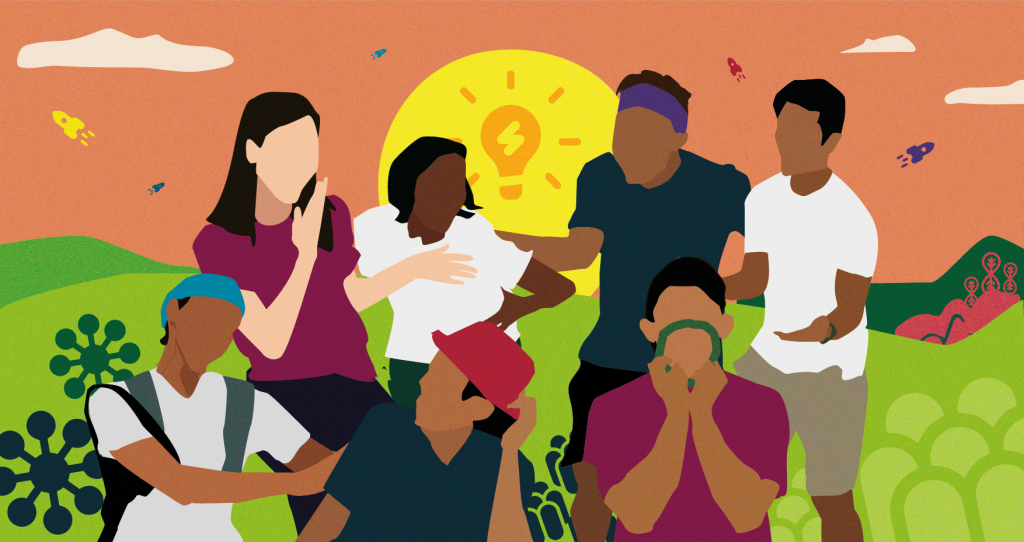
3 min read
The pandemic has hastened the need to evolve our businesses. For companies and entrepreneurs, this type of innovation doesn’t just mean bettering our products and services; rather, it entails taking a step back to assess a crucial element that pre-determines how our value will be experienced and distributed in the world: partnerships.
Will AVPN Members Pledge to Divest Invest to Tackle Climate Change?
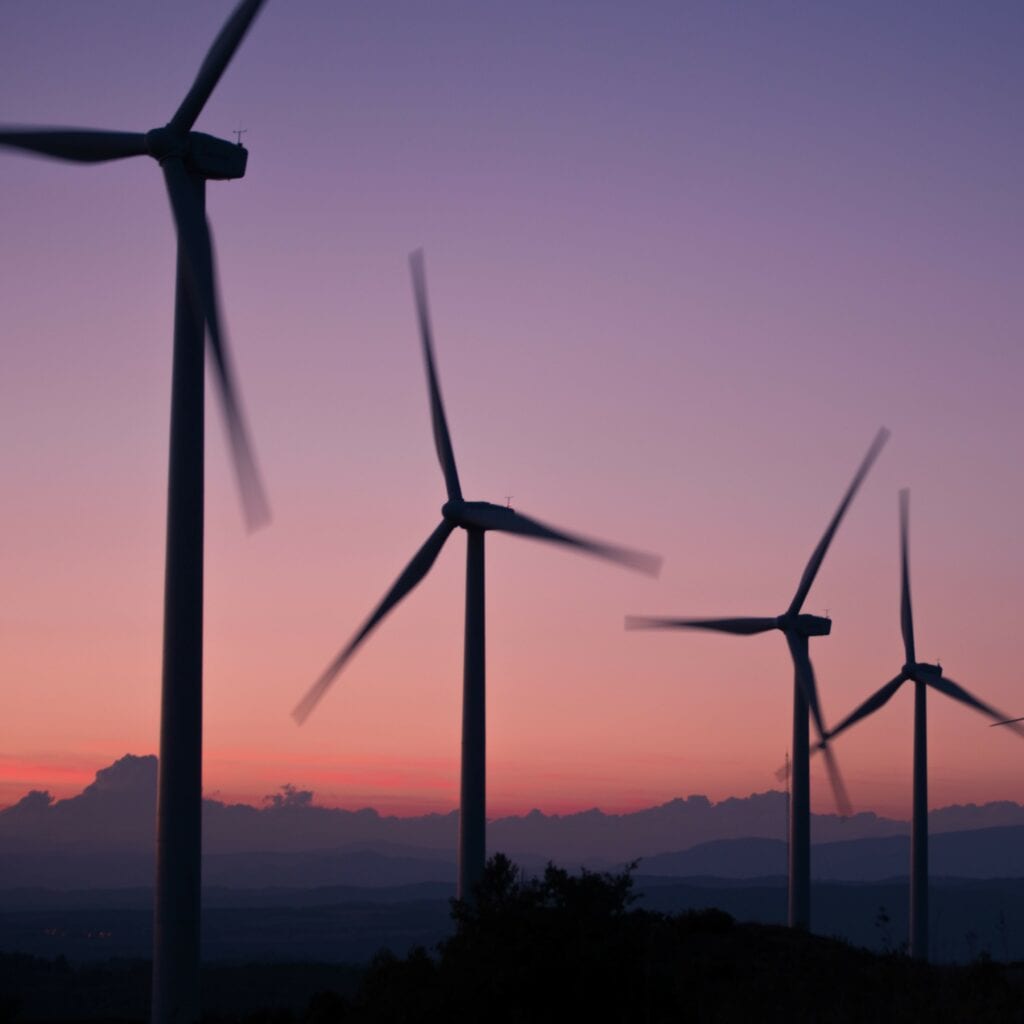
By Sarah Butler-Sloss, Chair of Ashden Trust and Founding Director, Ashden Fossil fuel divestment is one of the fastest growing movements of our time. It is time for leaders of the venture philanthropy community in Asia to take the pledge, and accelerate the clean energy transition. The problem The risks from climate change globally, and […]
WISER 2023 Finds That Startups Can Lead the Way on Accelerating Women’s Workforce Participation in India
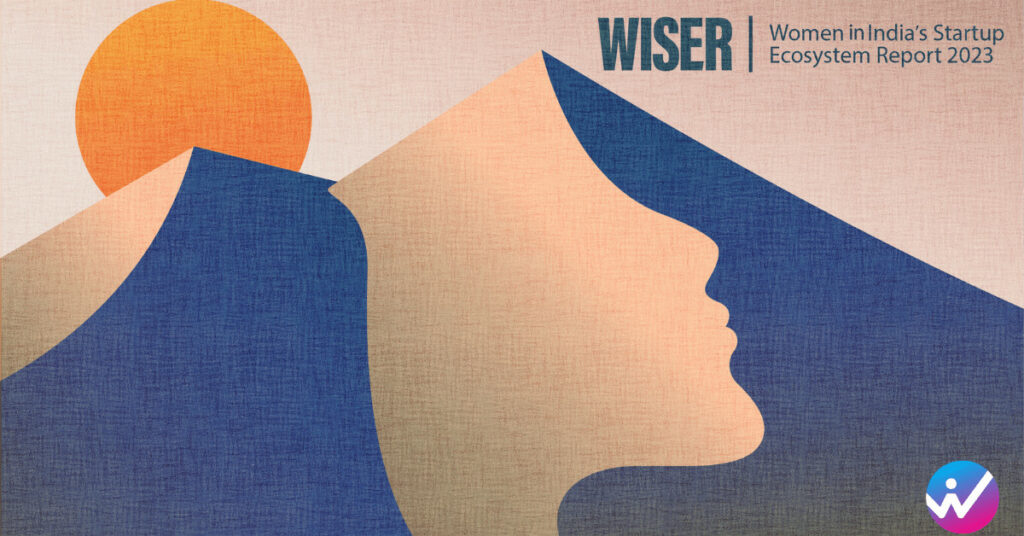
Startups in India have the potential to create two million new jobs for women by 2030, suggests the Women in India’s Startup Ecosystem Report (WISER), adding that the ecosystem is uniquely positioned to attract female talent. The report finds that women made up 35% of the startup workforce in 2022 (the corresponding figure for the […]















